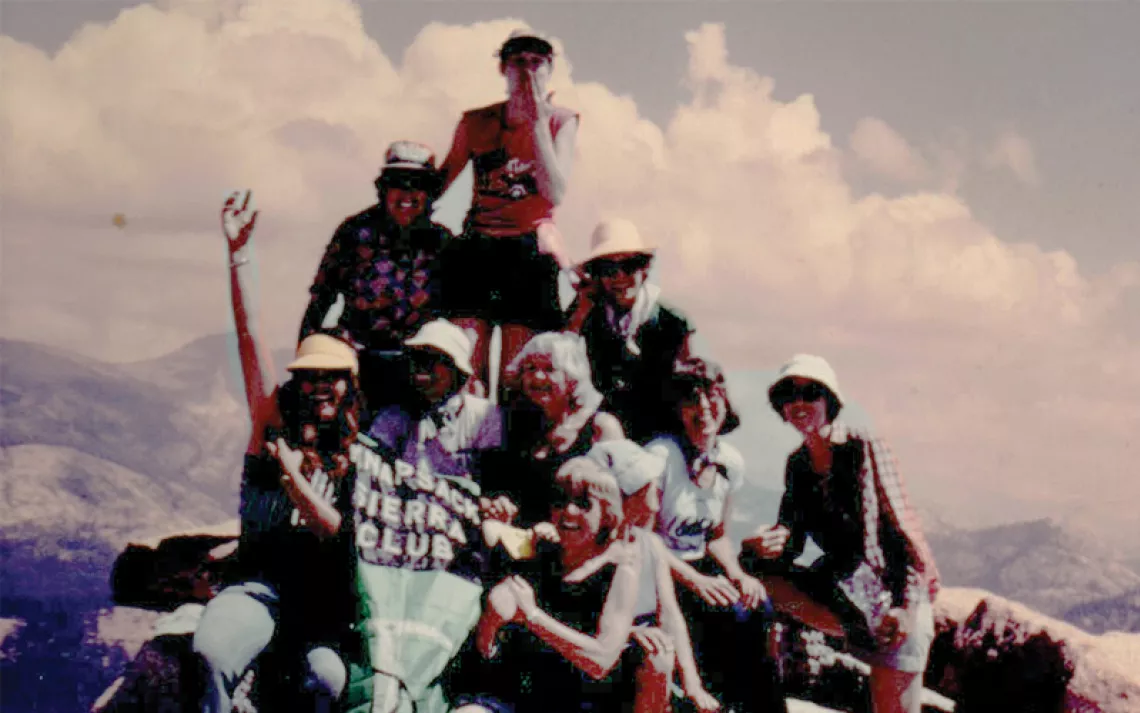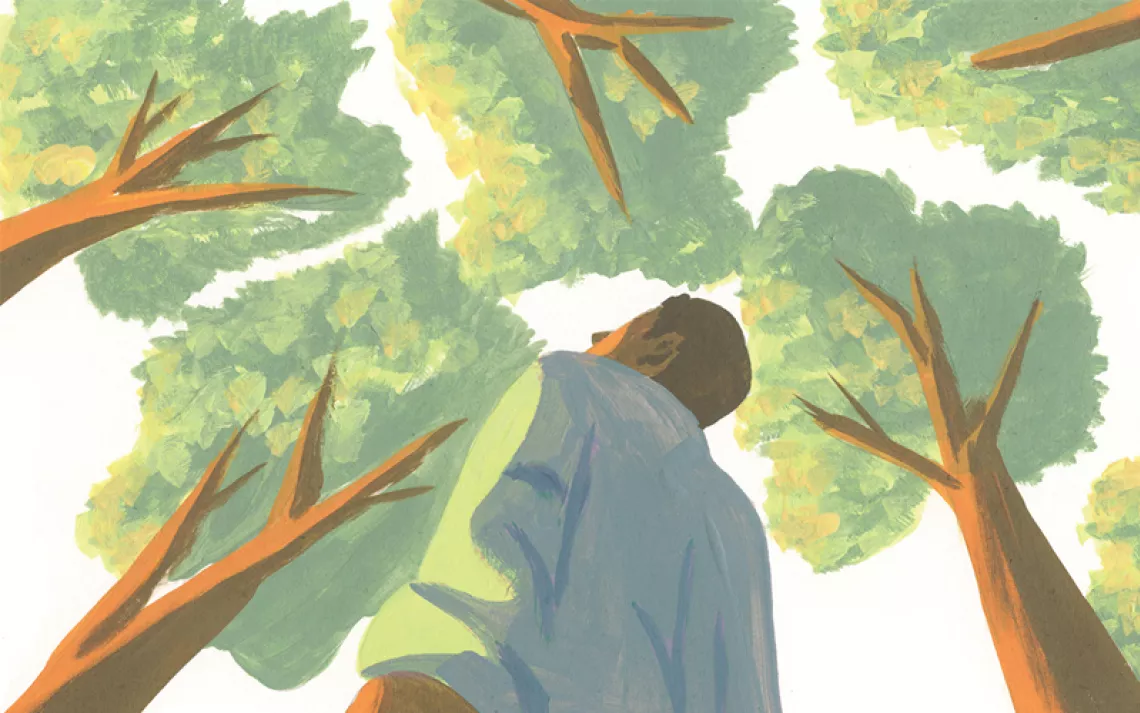the neuroanatomist's knife

Dr. Jill Bolte Taylor with one of her stained glass brains. | Photo by Dr. Kat Domingo/Courtesy of Dr. Jill Bolte Taylor
On December 10, 1996, Dr. Jill Bolte Taylor could no longer read, or speak, or distinguish her arm from the shower wall. The neuroanatomist, then 37 years old, was a mute witness to her own stroke, alternatingly euphoric at feeling one with the universe and aware that she was dying. A hemorrhage in her left cerebral hemisphere was blocking her capacity for language and a distinct sense of self while her right hemisphere--the creative, expansive side--ran the show.
Taylor survived to tell her story, and a video of her 18-minute TED Talk has since exceeded 12 million views. Her artistic right hemisphere still dominates. She creates stained glass brains for fun and plays the guitar.
Before her stroke, Taylor was a river rafting guide, and through it all, she's had her knife.

Dr. Jill Bolte Taylor's trusty Buck knife. | Photo courtesy of Dr. Jill Bolte Taylor
I was first a guide on the American River when I was 22, the summer after I graduated from college, and it was a beautiful experience. I spent three months living out of the back of my car, with a bed built back there and curtains, and life was good.
I went back to the river when I was 26. I was just getting ready to enter into my graduate program in neuroscience and wanted to do something fun before I committed to school for half my life.
I was given the opportunity to guide as an apprentice on a Grand Canyon trip. I had heard horror stories about guiding in the canyon, because the eddy lines are so deep that they can grab the edge of your rubber raft, flip you, and pull you under--an instant death. But this opportunity was too good to be true. So I went.
During the second half of this 14-day trip, there is a rapid called Crystal. On a scale of 1 to 10, Crystal is an 11, so we don't take passengers in the boat. They have to get out and walk around. All the guides get out, we scout the rapid, and we make a plan. Plan A is to divert from the center. Plan B is you're going to go down the center and hopefully survive, and not flip, because the rock island right beyond Crystal is called Boneyard for good reason.
We got Plan B.
We hit a 30-foot wall of water that drops 15 feet. There were two big waves, and the third one was bigger. I saw this enormous wave. You just pray and plow forward as hard as you can to push you through the wave, so it doesn't tip you backward.
We survived, but my head boatman came out with a deep gash in the lateral side of his right knee. When he was in the big wave, he somehow whacked part of his knee against a metal cooler that was strapped to the boat. You could see the tendon.
I was the only person on the trip who had any medical experience, but all of it was in the cadaver lab at medical school.
But I had my beloved Buck knife, a needle, and red thread. We guides keep a blade that's at least four inches long strapped to our chests so we can cut ourselves free if we get tangled. Don't ask me why I had a thread and needle, but I was prepared. I cut the thread with my knife and sewed up my head boatman.
I've heard that this story has become lore among canyon guides, about the trainee who sewed up her guide. I still have that knife--any boatman's pride and joy is her knife--and I use it all the time. It's my friend.
I'm a very artsy girl, and I use it for everything. I keep it in my kitchen and use it for food. I use it in my stained glass studio. I'm in the process of carving a brain out of limestone, and the other day I had to use it to put a regulator in the tubing running from the air compressor to the handheld hammer.
It's a bummer I can't travel with that knife anymore because of regulations, but it will be with me till I'm gone.
I love that knife so much. Once a boatman, always a boatman.
 The Magazine of The Sierra Club
The Magazine of The Sierra Club



